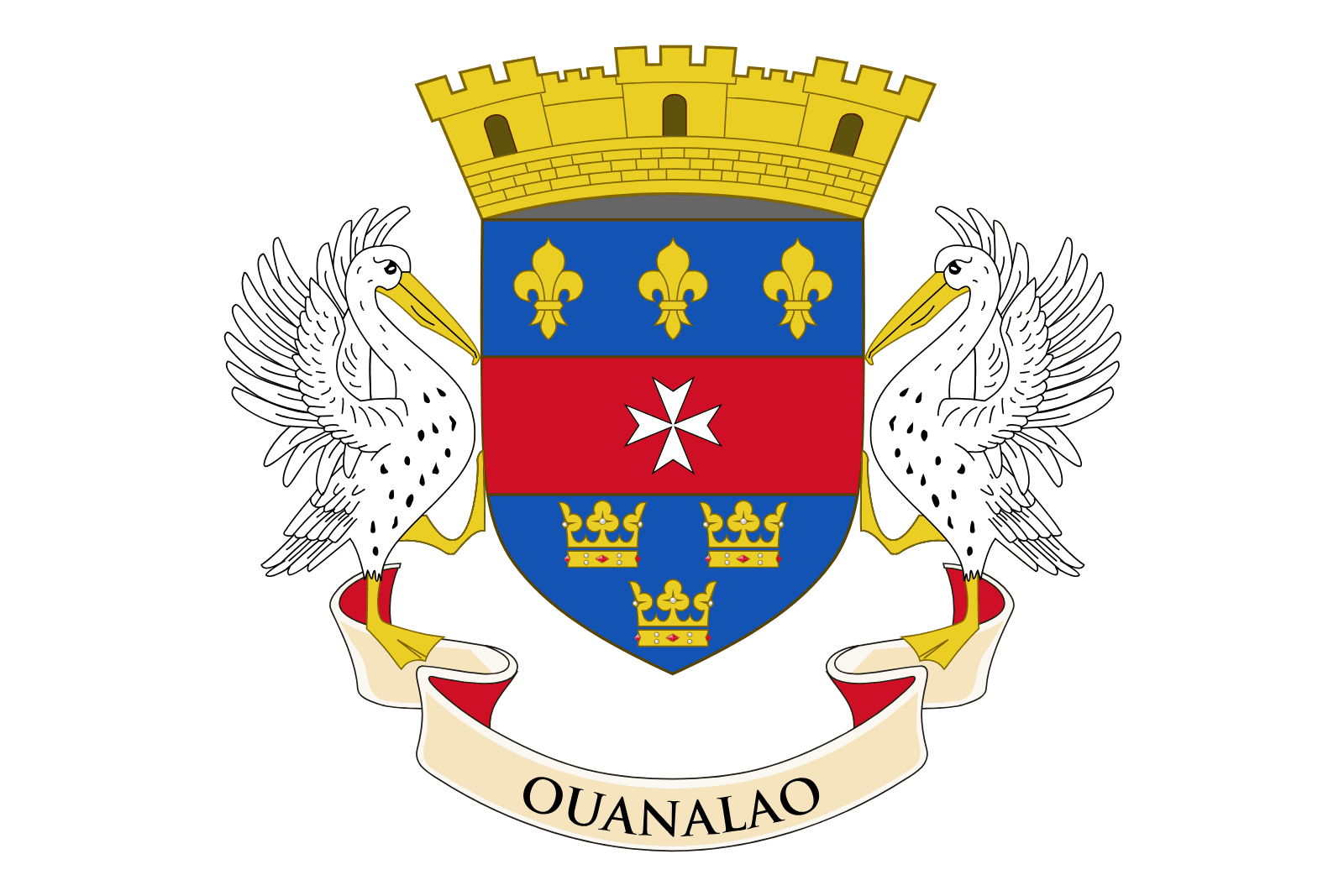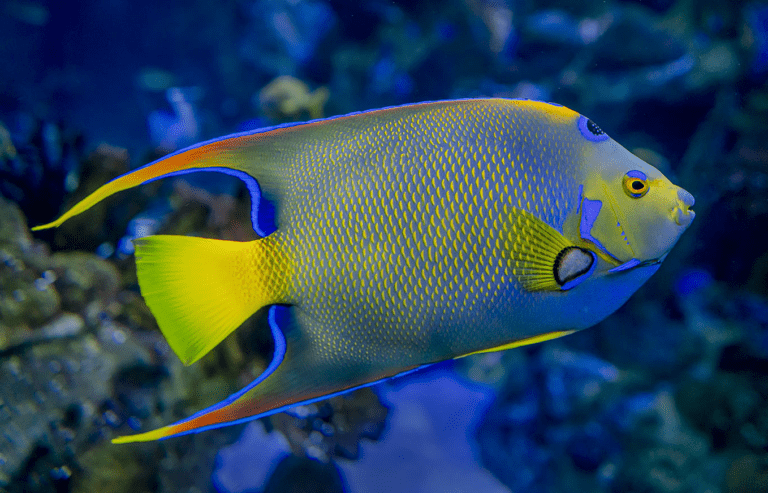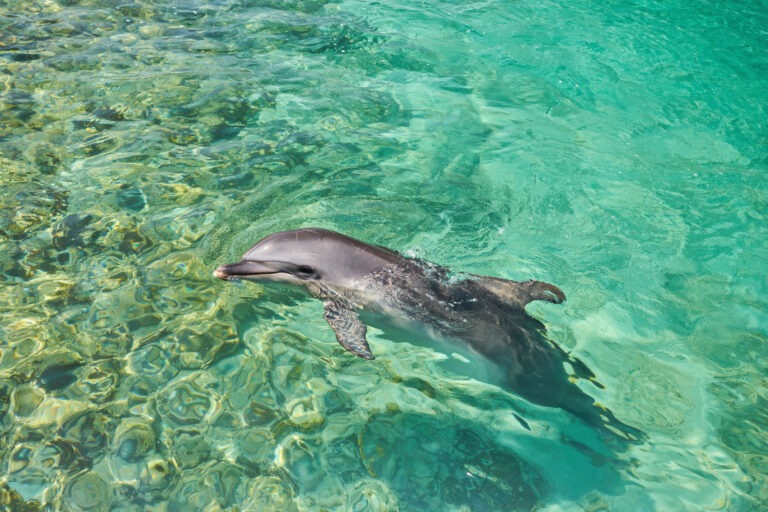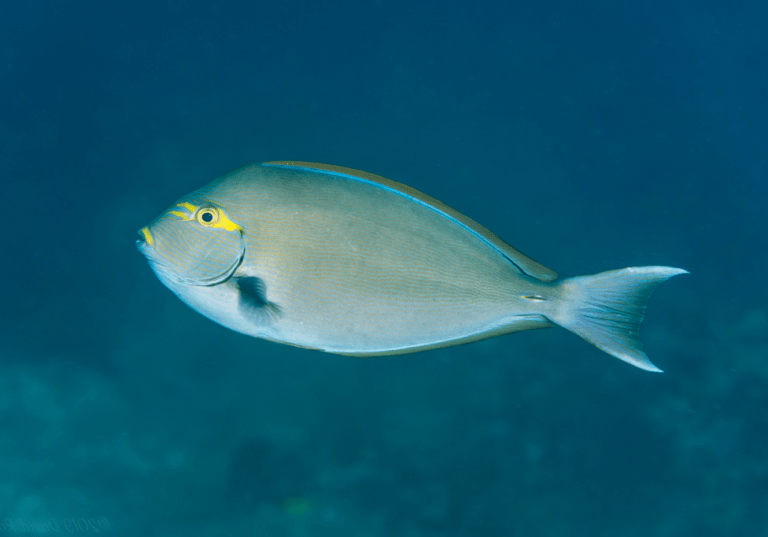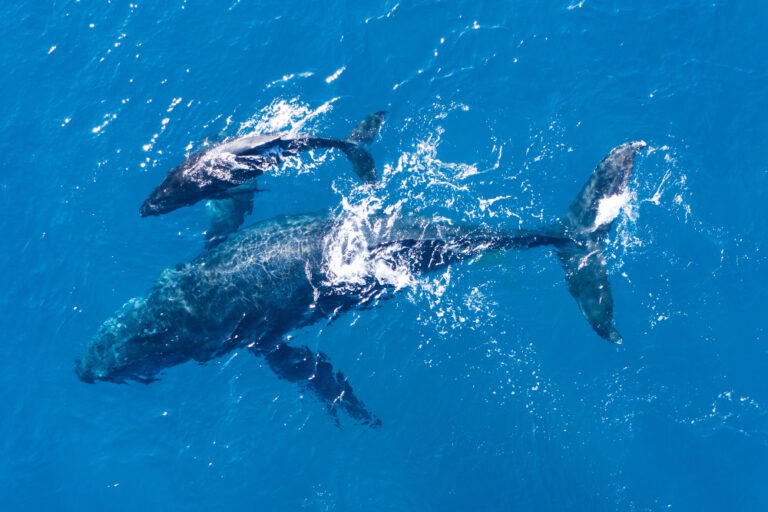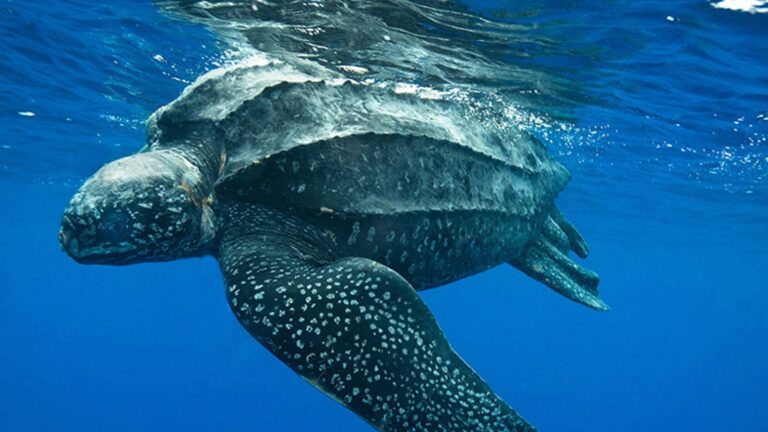Butterflies in St Barth
St. Barthélemy (St. Barth) is home to a variety of butterfly species that add vibrant colors and dynamic life to the island’s natural landscapes. These butterflies are an integral part of the local ecosystem, contributing to pollination and serving as indicators of environmental health.
Common Butterfly Species in St. Barth:
- Gulf Fritillary (Agraulis vanillae):
- Appearance: Bright orange with black spots on the upper side of the wings and silver spots on the underside.
- Habitat: Often found in gardens, meadows, and near coastlines.
- Behavior: Known for their long migrations and rapid flight.
- Zebra Longwing (Heliconius charithonia):
- Appearance: Black wings with distinctive yellow stripes.
- Habitat: Common in forests, gardens, and near water sources.
- Behavior: Slow and graceful flight, often seen feeding on nectar and pollen.
- Monarch (Danaus plexippus):
- Appearance: Iconic orange and black wings with white spots.
- Habitat: Found in various habitats including gardens, meadows, and coastal areas.
- Behavior: Famous for their long-distance migration, although some populations in the Caribbean are non-migratory.
- Cloudless Sulphur (Phoebis sennae):
- Appearance: Bright yellow wings, sometimes with a hint of orange.
- Habitat: Frequent in open areas, gardens, and near host plants like senna and cassia.
- Behavior: Known for their fast, erratic flight.
- Julia Heliconian (Dryas iulia):
- Appearance: Bright orange wings with black markings.
- Habitat: Prefers sunny areas, gardens, and open fields.
- Behavior: Active flyers, often seen feeding on flower nectar.
Ecological Role:
- Pollination: Butterflies are essential pollinators for many flowering plants. As they move from flower to flower feeding on nectar, they transfer pollen, facilitating plant reproduction.
- Food Source: Butterflies and their larvae (caterpillars) are an important food source for many other animals, including birds, reptiles, and other insects.
Conservation:
- Habitat Preservation: Protecting natural habitats, such as forests, meadows, and wetlands, is crucial for maintaining butterfly populations.
- Gardening Practices: Planting native flowering plants and avoiding pesticides can create supportive environments for butterflies in gardens and urban areas.
- Awareness and Education: Promoting awareness about the importance of butterflies and encouraging conservation practices can help protect these delicate creatures.
Viewing Butterflies in St. Barth:
- Gardens and Parks: Many butterfly species can be observed in public gardens, parks, and private gardens with a variety of flowering plants.
- Natural Areas: Exploring natural areas like forests, meadows, and coastal regions can provide opportunities to see a diverse range of butterflies in their natural habitats.
- Butterfly Tours: Some eco-tours and nature walks specifically focus on butterfly watching, offering guided experiences to learn about and observe these insects.
In summary, butterflies in St. Barth are a vital part of the island’s biodiversity, contributing to pollination and serving as indicators of environmental health. Efforts to protect their habitats and promote butterfly-friendly practices can help ensure their populations remain robust, allowing residents and visitors alike to enjoy their beauty and ecological contributions.

